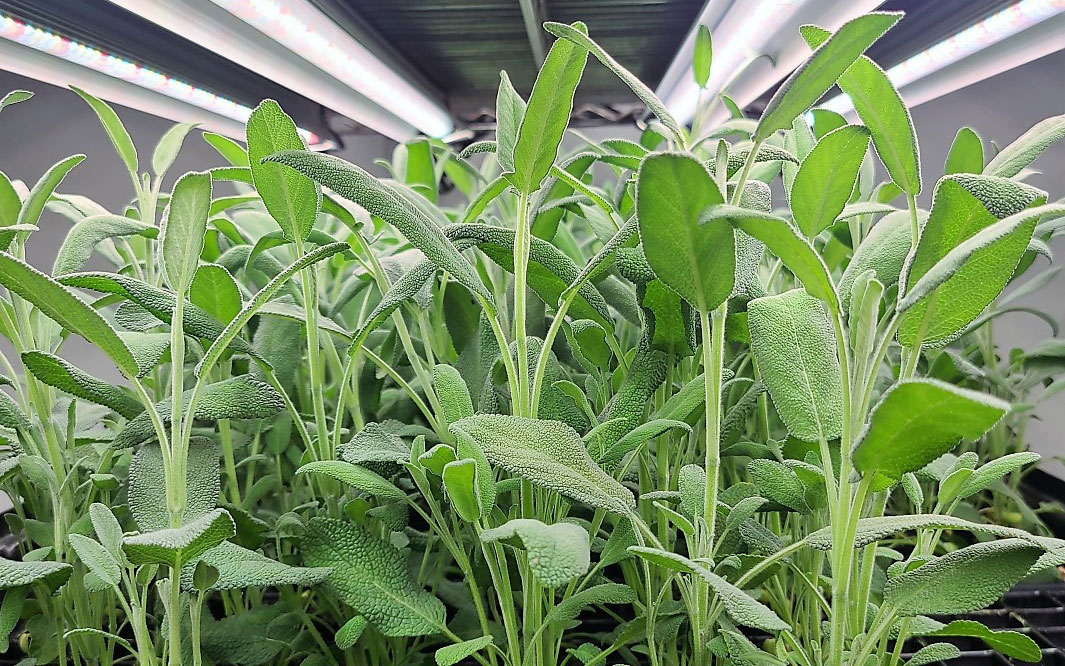
The Benefits of Properly Designed LED Lighting Systems
In the quest to sustainably feed our growing population, indoor farming has emerged as a potentially revolutionary solution. By cultivating crops year-round in controlled environments, farmers can overcome traditional agricultural limitations. Among the crucial factors for success in indoor farming, lighting plays a pivotal role. In recent years, the rise of LED (Light Emitting Diode) lighting has brought about a paradigm shift in this field, offering numerous benefits that surpass conventional methods.
In this article, we will explore the advantages of LED lighting when growing food indoors year-round. We will delve into how different lighting types affect growth patterns and food taste, discuss common challenges, highlight advancements in energy efficiency, and emphasize the importance of choosing the right fixtures for your indoor farm.
Growth Patterns and Optimal Photosynthesis
Plants rely on specific wavelengths of light for photosynthesis, the process by which they convert light energy into chemical energy to fuel their growth. Traditional lighting options, such as fluorescent and high-pressure sodium (HPS) lights, emit broad-spectrum light that includes wavelengths not effectively utilized by plants. This inefficiency leads to wasted energy and increased heating (straining HVAC systems) and hampers growth patterns.
LED lighting offers precise control over the light spectrum emitted. By customizing the light output to match the specific needs of each plant species, LED fixtures optimize photosynthesis. This results in accelerated growth, increased yields, and healthier crops. Moreover, LED lights can be adjusted to mimic different seasons, allowing growers to manipulate growth patterns for desired outcomes, such as promoting flowering or fruiting at specific times.
Enhanced Flavor and Nutrient Content
Indoor farming strives to provide fresh, high-quality produce regardless of external conditions. LED lighting, with its ability to fine-tune the light spectrum, has shown promising results in improving the taste and nutritional content of indoor-grown crops. Studies have demonstrated that specific wavelengths and intensity levels can enhance flavor profiles, increase antioxidant levels, and improve the nutritional value of fruits, vegetables, and herbs. By harnessing the customization capabilities of LED lighting, growers can cultivate exceptionally flavorful and nutrient-rich crops.
Overcoming Common Challenges
Indoor farming presents unique challenges compared to traditional outdoor agriculture. One of the main obstacles is the absence of natural sunlight, necessitating the provision of artificial light sources. LED lighting provides practical solutions to address these challenges. LED fixtures emit less heat compared to traditional lighting options, reducing the risk of heat damage to crops and enabling closer proximity to plants. Moreover, LED lights have a longer lifespan, lowering maintenance costs and ensuring consistent light output throughout their operational life.
Advancements in Energy Efficiency
Energy consumption is a critical concern for indoor farmers, as it directly impacts operational costs, environmental sustainability, and ultimately profitability. In this regard, LED lighting has revolutionized the industry by offering significant energy efficiency advancements. LEDs consume up to 75% less energy compared to traditional lighting options, such as incandescent or fluorescent bulbs. The introduction of smart LED lighting systems with integrated sensors and automation further optimizes energy usage by adjusting light intensity and duration based on plant needs. These energy-efficient solutions result in substantial cost savings and contribute to a greener and more sustainable future.
Importance of Choosing the Right Fixtures
Selecting the appropriate LED fixtures for your indoor farm is crucial for achieving optimal results. Factors to consider include the light spectrum, intensity, uniformity, and coverage area. Different crops have specific light requirements at various growth stages, and investing in high-quality, horticulture-specific LED fixtures ensures that your plants receive the precise lighting conditions they need for healthy growth and abundant yields.
Collaborating with lighting experts and leveraging the latest research and industry recommendations will help guide you in making informed decisions when choosing fixtures for your indoor farm.
Conclusion
LED lighting has emerged as a game-changer in the world of indoor farming, offering a multitude of benefits that significantly enhance the cultivation of food year-round. By optimizing growth patterns through precise control over the light spectrum, LED lighting promotes accelerated growth, increased yields, and healthier crops. Furthermore, the ability to tailor the light spectrum enhances the flavor and nutrient content of indoor-grown produce, ensuring exceptional quality and taste.
Indoor farming presents its fair share of challenges, but LED lighting provides practical solutions. With reduced heat emissions, longer lifespans, and consistent light output, LED fixtures address common obstacles and enable efficient cultivation practices. Moreover, the advancements in energy efficiency offered by LED technology contribute to cost savings and a more sustainable future for indoor farming.
Choosing the right LED fixtures is paramount to achieving optimal results in indoor farming. By considering factors such as light spectrum, intensity, uniformity, and coverage area, growers can create the ideal lighting environment for their crops. Collaborating with experts and staying informed about the latest research and industry recommendations ensures that indoor farmers make well-informed decisions.
As we continue to explore innovative ways to meet the global demand for fresh, sustainable food, LED lighting stands at the forefront of indoor farming technology. Its ability to transform growth patterns, enhance flavour and nutrition, overcome challenges, and optimize energy efficiency makes it an indispensable tool for growers around the world. With LED lighting, we can illuminate a future where indoor farming plays a vital role in securing food security, reducing environmental impact, and nourishing our communities.








